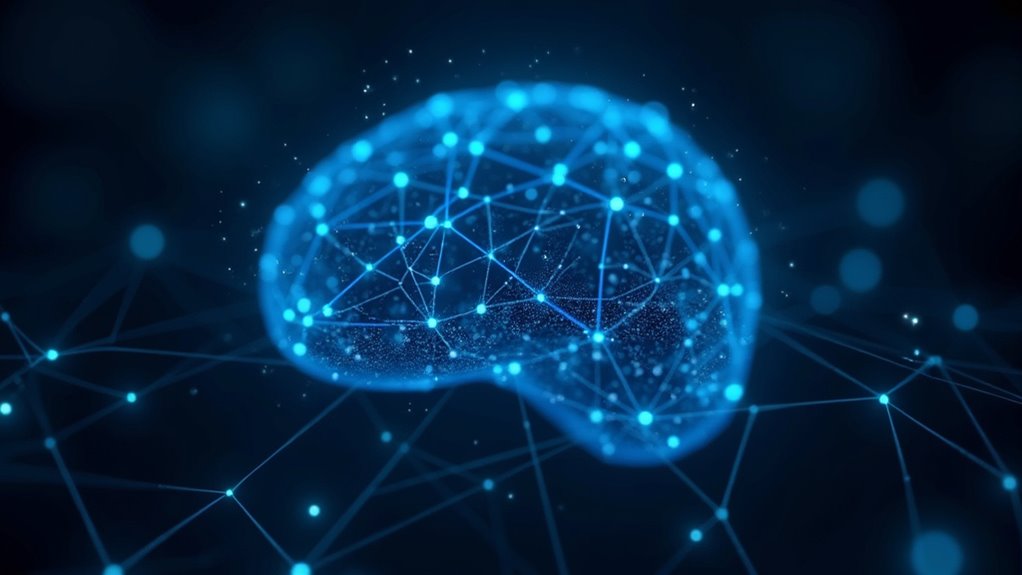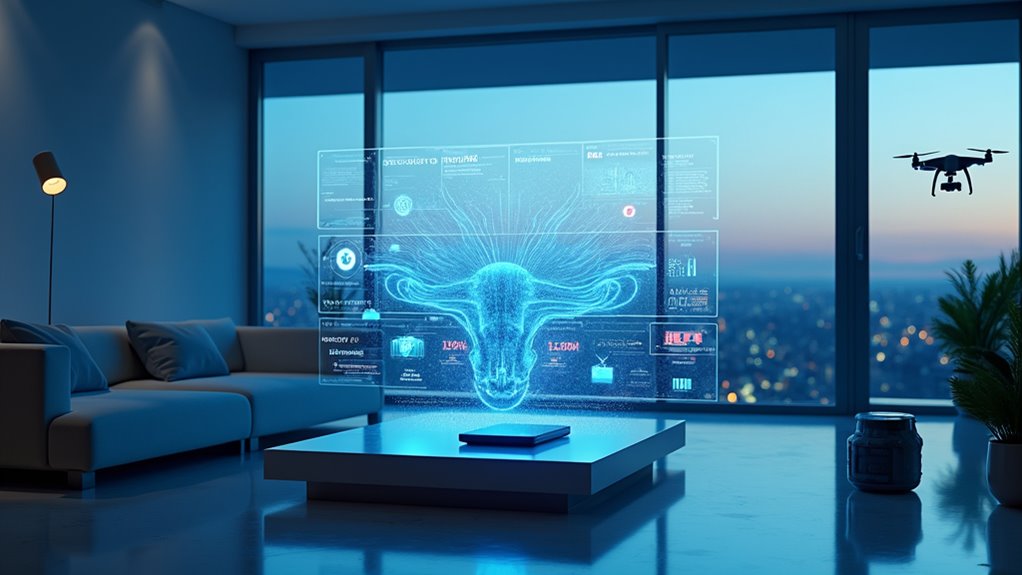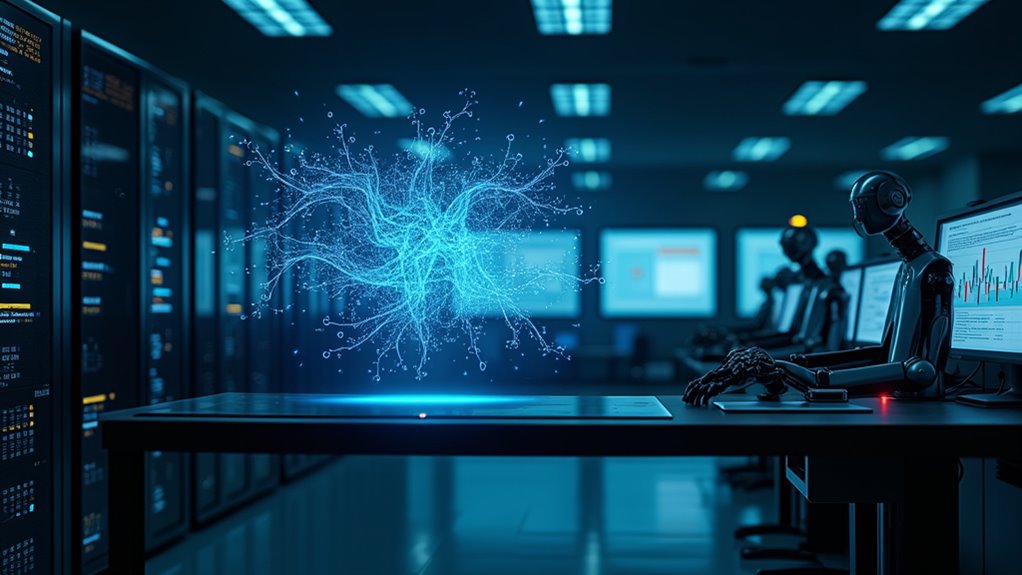Natural language processing (NLP) makes computers less robotic and more human-like in their communication abilities. It’s the tech that lets machines understand and respond to human language, complete with all its weird quirks and complexities. NLP powers everything from virtual assistants and chatbots to automated customer service and data analysis. While not perfect – it still struggles with sarcasm and context – NLP is transforming how businesses operate and how humans interact with technology. The deeper story reveals even more fascinating applications.
The rise of Natural Language Processing has transformed computers from mere calculators into chatty companions that actually understand human speech – well, most of the time. NLP, a brainy blend of computer science and artificial intelligence, lets machines decode human language in all its messy glory. It’s the reason Siri doesn’t completely lose it when you ask for directions while munching on potato chips.
Natural Language Processing elevates computers beyond number-crunching, turning them into conversation partners who can actually make sense of our human babble.
Behind those seemingly simple conversations with virtual assistants lies a complex system that’s revolutionizing how businesses operate. Companies are using NLP to sift through mountains of customer feedback, automate mind-numbing data entry tasks, and power chatbots that actually help instead of infuriate. Search engines? They’d be utterly useless without NLP figuring out what you actually mean when you type “why is my cat ignoring me” at 3 AM. The technology relies heavily on self-supervised learning to process massive amounts of unstructured data without requiring human labeling. Advanced models like GPT-3 now generate sophisticated human-like prose for various applications.
The technology works through a variety of clever techniques. Part-of-speech tagging figures out if “bark” means your dog’s voice or that stuff on trees. Named-entity recognition spots names and places faster than a gossip columnist. And sentiment analysis? It’s basically a digital mood ring for text, detecting whether people are thrilled or throwing shade at your products. Modern NLP systems use sophisticated attention mechanisms to better understand the context and relationships between words.
But let’s be real – NLP isn’t perfect. Sometimes it stumbles over context like a rookie waiter carrying too many plates. It can show bias, spit out nonsense, or completely miss the point of sarcasm. Yet it keeps getting smarter, thanks to increasingly sophisticated AI models and synthetic data filling in the knowledge gaps.
The impact of NLP stretches far beyond tech companies. Healthcare providers use it to speed through clinical documentation. Government agencies deploy it to process public comments without losing their minds. Educational institutions are even using it to grade papers – though students might have mixed feelings about that. And manufacturers? They’re using NLP to analyze feedback and improve products before customers take to Twitter with their complaints.








